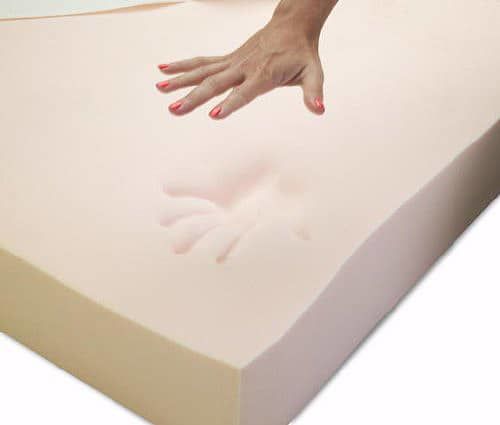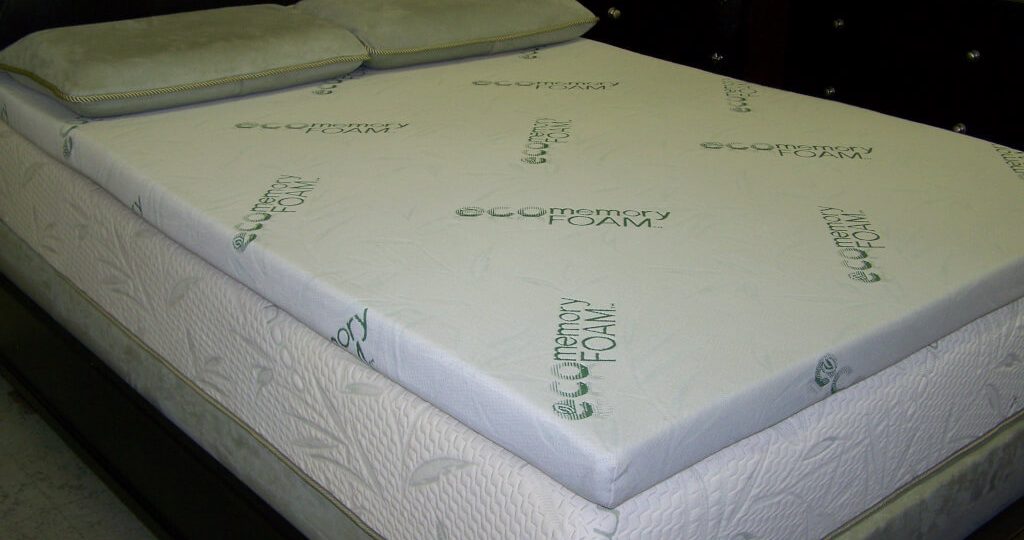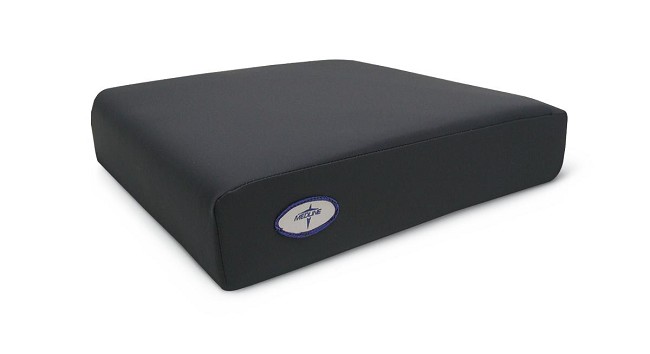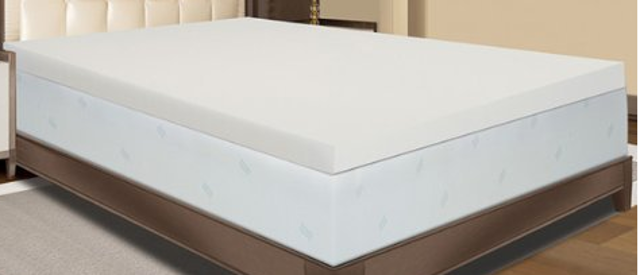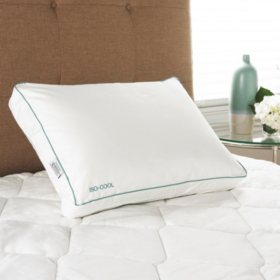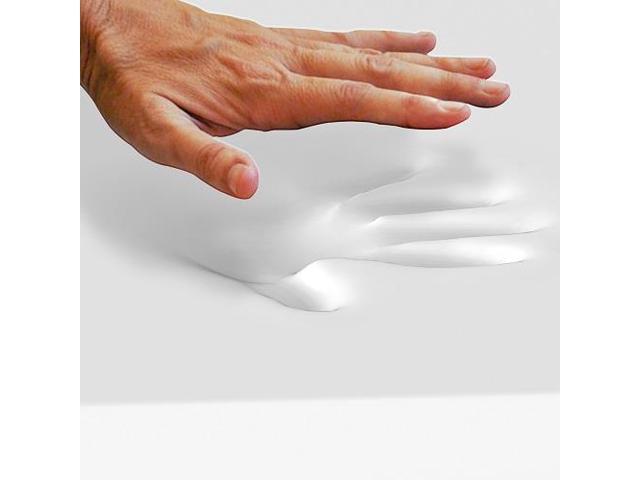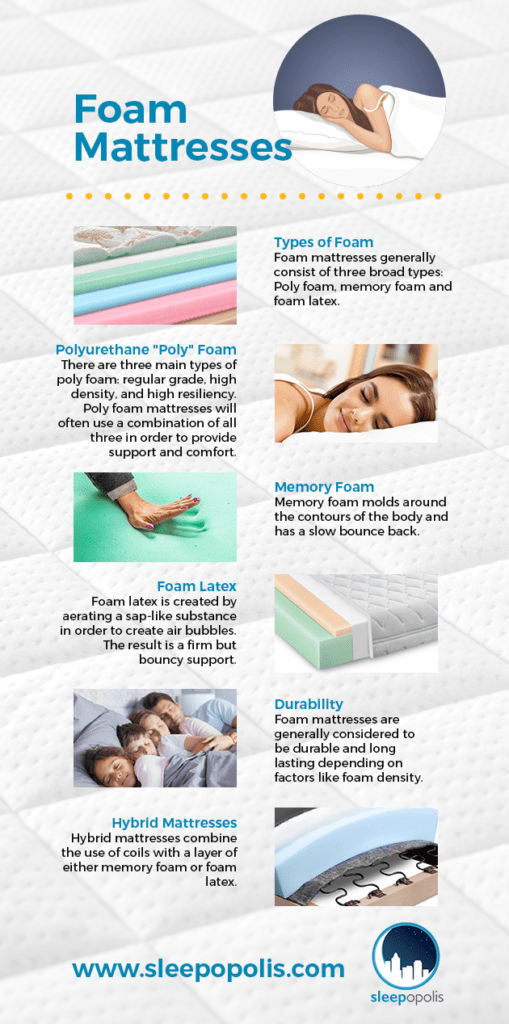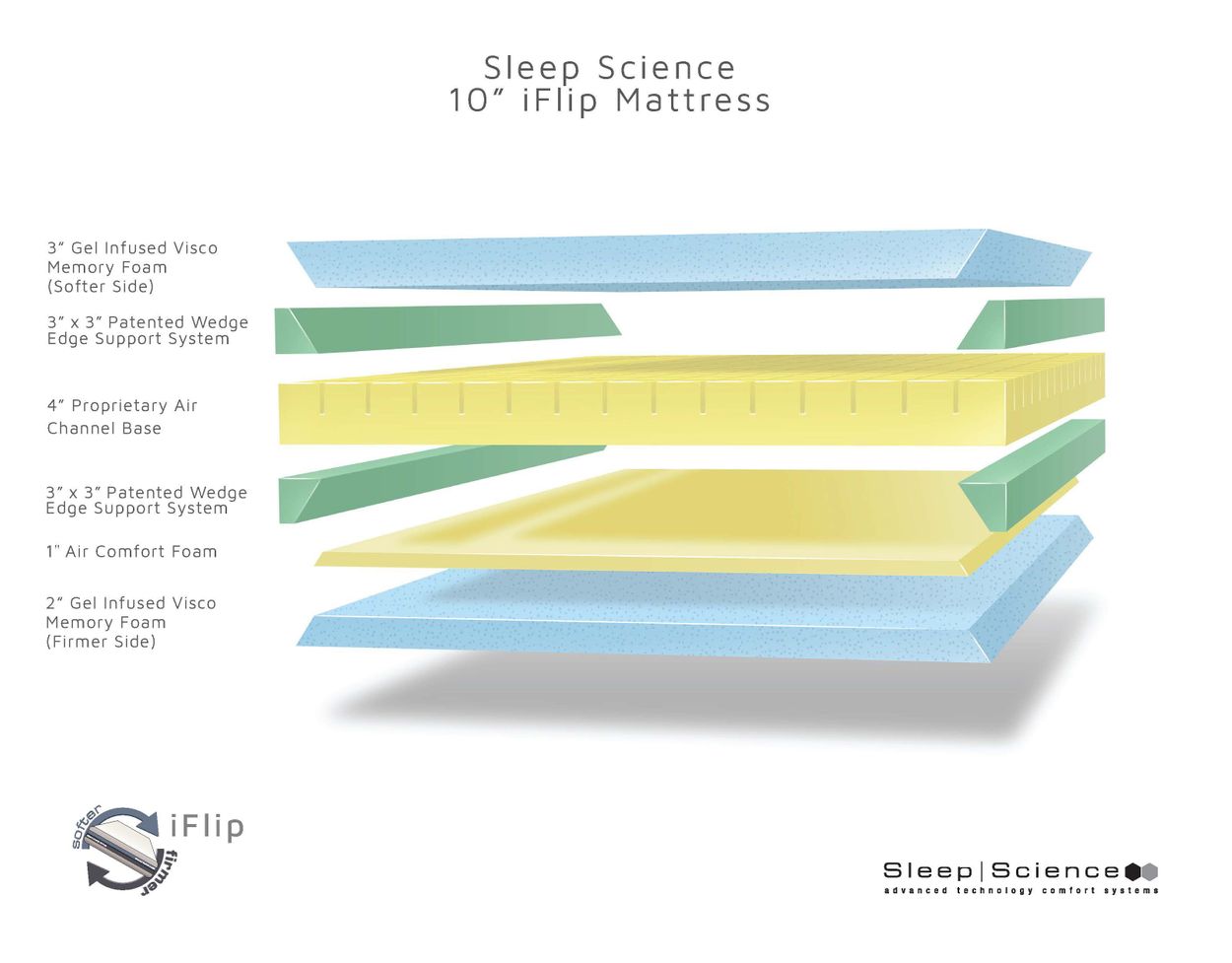Visco Memory Foam Health Hazards

Memory foam was developed in 1966 under a contract by nasa s ames research center to improve the safety of aircraft cushions.
Visco memory foam health hazards. The difference between visco elastic foam and other types of polyurethane foam is its slow response and low resistance. As it is memory foam is an excellent shock absorbing material. Created by feeding gas into a polymer matrix the foam has an open cell solid structure that matches pressure against it yet slowly springs back to. But perhaps one of the more difficult stumbling blocks to testing the health benefits of mattresses such as memory foam is the subjective nature of sleep.
It is simply difficult to measure. The temperature sensitive memory foam was initially referred to as slow spring back foam. Visco elastic foam is another term for memory foam. The polyurethane foam association an industry group as well as the environmental protection agency both say that finished memory foam is inert and does not represent a health hazard.
Greener versions of memory foam use plant based ingredients like soybean oil in place of some of the petroleum derivatives memory foam s distinguishing feature is that it softens in response to heat and pressure. This is because of its design to prevent serious injury to humans. A memory foam mattress is one made from viscoelastic foam a type of high density polyurethane foam. Most called it temper foam.
According to the epa s review of mdi and tdi completely cured products are fully reacted and therefore are considered to be inert and non toxic. Its primary function was to keep astronauts safe during missions in space.
